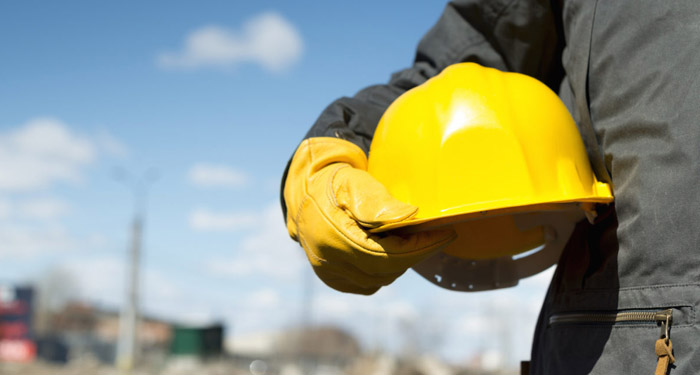During hold-cleaning operations, the crew were using a ladder and a high-pressure water jet to remove cargo residue from the sloping upper hopper bulkhead. The crew member on the ladder lost his balance and fell backwards on to the tank top, striking his head.
As the Nautical Institute reports, the ladder was secured at the top by a rope and was stabilised by a crew member at the bottom. Another crew member climbed the ladder and directed the water-jet on to the bulkhead to remove cargo residue.
The crew member on the ladder was wearing a safety harness attached to a line that was passed through a pad-eye on the bulkhead above and back down to a third crew member on the tank top. This person gave or retrieved slack on the safety line as necessary. Hold cleaning in this manner was a well-established practice on this ship.
After cleaning one section, the crew member on the ladder was climbing down in order to reposition the ladder for the next section. When the crew was about one metre above the tank top he stopped and disconnected the safety line.
He lost his balance and fell backwards on to the tank top, hitting his head. The victim was unconscious and was evacuated by helicopter. Despite all efforts he was declared dead upon arrival at the hospital.
The investigation found that the victim’s safety helmet was not secured by the chin strap and was dislodged during the fall. If the helmet had remained attached to his head it could have provided enough protection to reduce his injuries from a fall from such a relatively low height.
Lessons learned
- Falls from low or moderate heights can result in serious injury or death. Crew must not become complacent about the dangers of working at height;
- Do not remove safety devices, like safety line, until you are truly safe;
- A hard helmet will provide better protection if it is secured by a chin strap;
- While ladders are necessary for providing access, it is not best practice to use them as work platforms.




























































